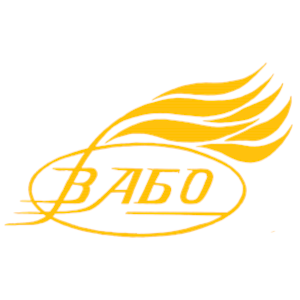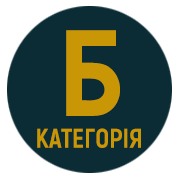FEATURES OF IMPLEMENTING THE MODELLING METHOD IN TEACHING BIOLOGICAL DISCIPLINES (GENERAL BIOLOGY, GENETICS, CYTOLOGY, HISTOLOGY, EMBRYOLOGY, BIOLOGY OF INDIVIDUAL DEVELOPMENT)
DOI:
https://doi.org/10.32782/academ-ped.psyh-2025-2.28Keywords:
modelling, biological education, didactic methods, visualisation, interactive technologies, competency- based approachAbstract
Purpose. The purpose of the article is to explore the peculiarities of implementing the modelling method in teaching biological disciplines (general biology, genetics, cytology, histology, embryology, biology of individual development), as well as to outline examples of its practical application and to define the pedagogical conditions ensuring the effectiveness of this method in the educational process. Research methodology. To achieve the stated goal, methods of theoretical analysis of scientific literature in the field of biological education were used, alongside a comparative analysis of various types of models and their application in the educational environment, generalisation of pedagogical experience of teachers and lecturers of biological disciplines, and systematisation of examples of modelling implementation in secondary and higher biological education. Particular attention was paid to the analysis of foreign and domestic sources that highlight the potential of modelling as a didactic tool. Scientific Novelty. The article provides a comprehensive examination of the specifics of implementing modelling in different biological disciplines, offering clear examples of models adapted to the content of each subject. For the first time, pedagogical conditions determining the effectiveness of modelling depending on the subject’s specifics and students’ preparedness levels are systematised. The integration of physical and virtual models is substantiated as a factor in improving the quality of biological education. Conclusions.The modelling method is a powerful tool in teaching biological disciplines, as it makes it possible to visualise complex processes, facilitate the comprehension of abstract concepts, and develop critical and spatial thinking among learners.The most effective approaches include combining physical and digital models, engaging students in creating their own models, and integrating modelling with other active learning methods. Future research should focus on developing interactive resources and studying the impact of modelling on the formation of key competencies in biology.
References
Загвоздкін В.І. Метод моделювання у шкільному курсі біології. Біологія і хімія в школі. 2012. № 5. С. 14–19.
Крамарова Т.В. Використання методів моделювання у навчанні біології. Біологія і хімія в сучасній школі. 2016. № 11. С. 2–7.
Лещенко О.П. Роль моделей у формуванні просторового мислення учнів. Біологія і хімія в школі. 2017. № 4. С. 10–15.
Пєхота О.М. Сучасні дидактичні технології: теорія та практика навчання. Київ : А.С.К., 2011. 256 с.
Столяренко Л.В. Моделювання як засіб розвитку пізнавальної активності учнів. Педагогічний процес: теорія і практика. 2014. № 2. С. 58–62.
Gilbert J. K. Models and modelling in science education: a critical review of research. Studies in Science Education. 2004. Vol. 40. P. 49–97.
Gobert J. D., Buckley B.C. Introduction to model-based teaching and learning in science education. International Journal of Science Education. 2000. Vol. 22(9). P. 891–894.
Hestenes D. Modeling methodology for physics teachers. The Physics Teacher. 1987. Vol. 25(5). P. 305–312.
Justi R., Gilbert J. Science teachers’ knowledge about and attitudes towards the use of models and modelling in learning science. International Journal of Science Education. 2002. Vol. 24(12). P. 1273–1292.
Treagust D. F., Chittleborough G., Mamiala T.L. The role of models and modelling in science education. International Journal of Science Education. 2002. Vol. 24(4). P. 357–368









